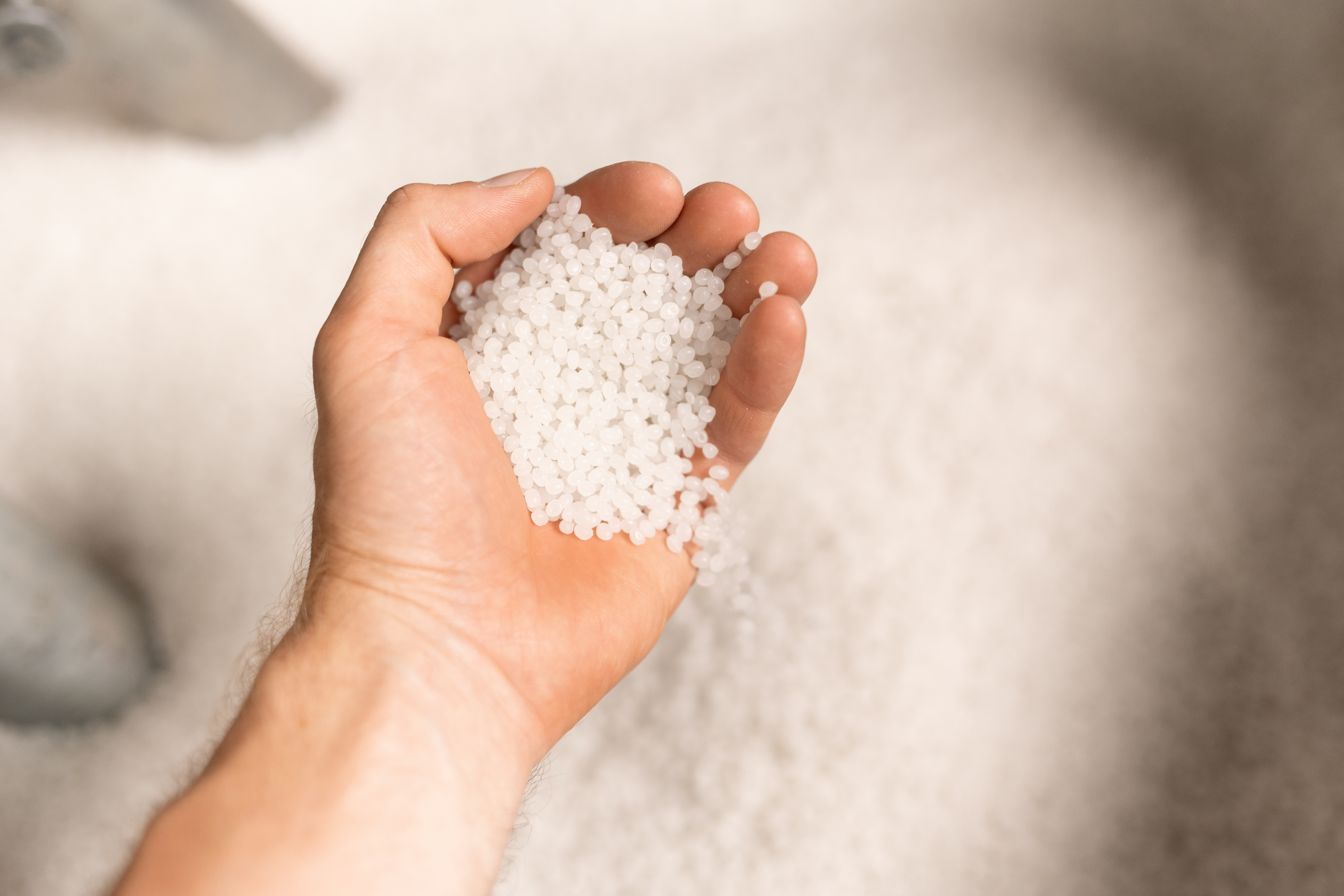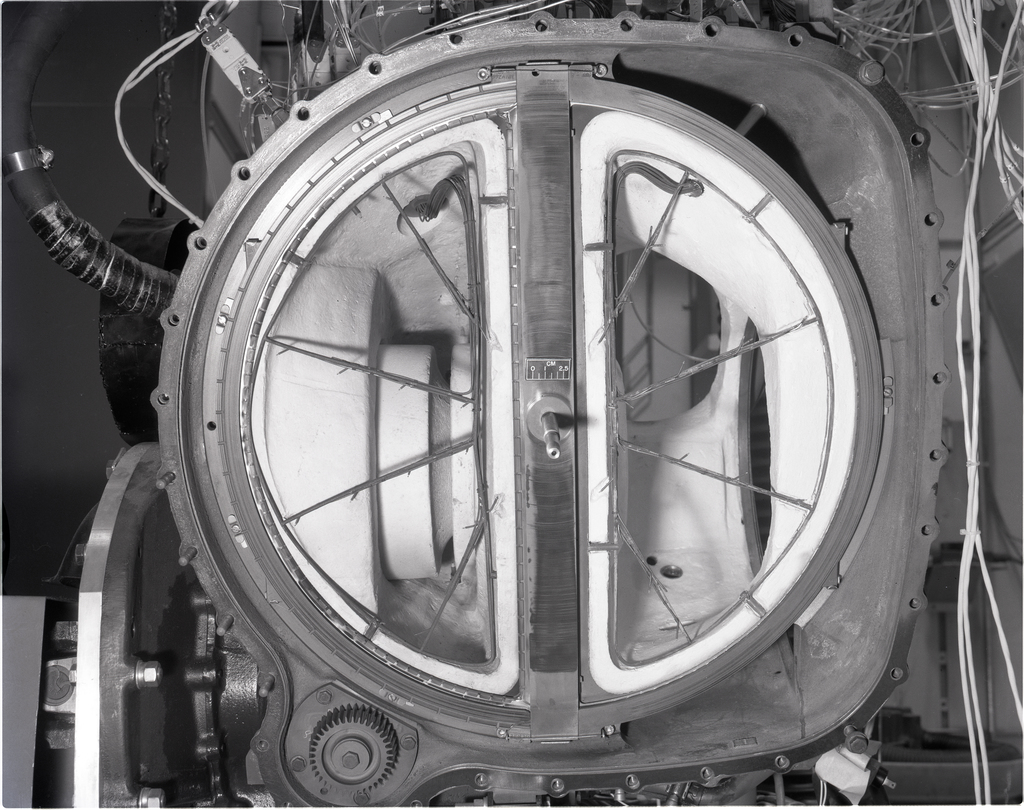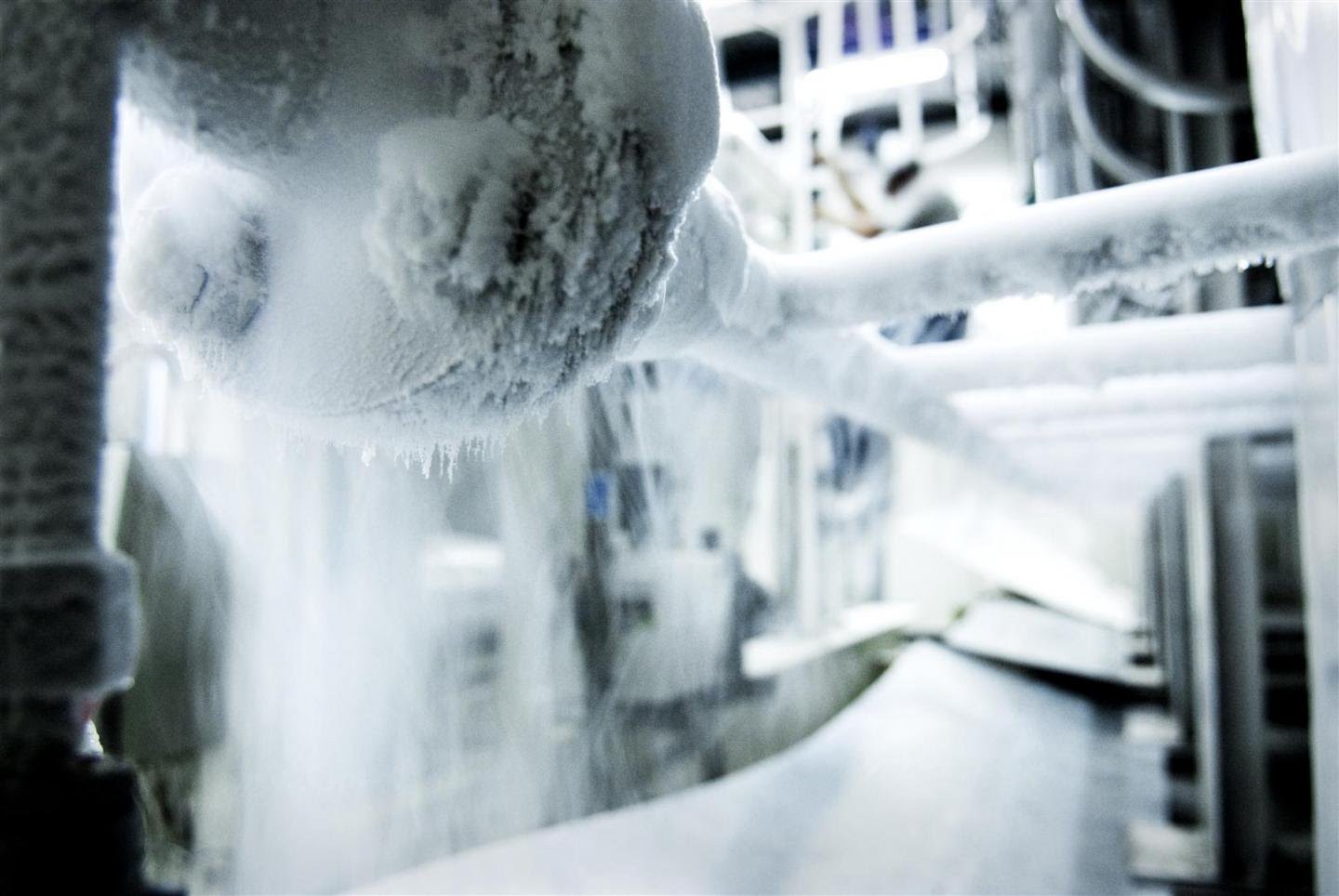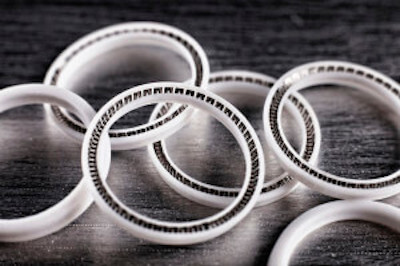In aerospace and defense applications, seals can be found in gearboxes, flap actuators, aircraft braking systems, actuators, turbopumps, cryogenic refueling systems, and hydraulic systems. They are necessary for land and ground defense systems, seaborne systems, ships, UAVs, airborne systems, and aircraft. But finding a sealing solution that provides the right mix of reliability and performance in the harsh environments associated with such applications can be challenging. However, there is a solution: spring-energized seals.
Spring-Energized Seals
Spring-energized seals are designed with a stainless steel spring designed to keep the seal lip in contact with the sealing surface despite wear, eccentricity, pressure changes, dimensional changes, and out-of-roundness. Spring-energized seals are often implemented when other sealing solutions have failed.
When the right jacket material is chosen, spring-energized seals can also handle some of the harshest operating conditions, including exposure to corrosive or reactive chemicals, extreme temperatures, wide temperature and pressure ranges, and environments where lubricants cannot be used.
The Challenges of Aerospace and Defense Sealing Solutions
Because both aerospace and defense applications are mission-critical, seal failure is simply not an option. Seal performance is key, even in extremely harsh environments that can destroy traditional polymer and elastomer seal solutions.
Many times, aerospace and defense engineers must achieve a balance between the friction of a seal and its sealing effectiveness. This can be difficult because friction increases power consumption which in turn can increase the fuel or power needed. A low coefficient of friction is a must for the seal jacket material used, especially if it is a dynamic seal of one that involves oscillating movements.
Applications that involve oscillation, such as pan/tilt, pod, and gimbal seals, must have both low friction but prevent stiction. Repetitive, precise, accurate movement has to be taken into account for some of these applications.
Aerospace and defense sealing environments often involve corrosive or reactive media that is not only dangerous if it leaks but can destroy the materials used for seals. Chemical compatibility and resistance to media such as fuels, oils, acids, bases, and other reactive chemicals is a must.
There is, however, another factor to be accounted for: abrasive media. Many seals are exposed to environmental contamination such as dirt, dust, sand, and other abrasive particles. An effective seal must not only be able to keep such contaminants outside, but not be destroyed in the process.
Extreme temperatures (and temperature ranges) can also pose a serious challenge. Applications can involve cryogenically cold temperatures down to -460°F to extreme heat at 600°F. And some operating environments may involve temperatures that vary widely, making dimensional stability a key element in seal design for aerospace and defense equipment. Temperatures are not the only environmental factor that can be extreme, however. Operating pressures can be extreme, ranging from 20 KSI to vacuum pressures.
Spring-Energized Seals for Aerospace and Defense
Spring-energized seals are highly reliable, even when things go wrong. They provide dependable performance in extremely harsh conditions, especially when the right seal jacket material is chosen.
Materials such as PTFE or PEEK have extremely low coefficients of friction and are self-lubricating. When combined with spring-energized seal design, the result is a low-friction seal that does not compromise the effectiveness of the seal and prevents potential issues with stiction and stick-slip behavior. These materials are also self-lubricating, making them ideal for situations where temperature or media rules out the use of traditional lubricants.
In addition, PTFE and PEEK are both highly resistant to chemical attack, with PTFE being the most chemically compatible polymer on the market. Combining the reliability of a spring-energized seal with the compatibility of materials such as PTFE or PEEK means a high performance seal that can survive in the presence of harsh media.
Spring-energized seals can account for seal wear and changes in the surface condition of the sealing surface without compromising the integrity of the seal. When combined with an abrasion resistant jacket material, they become an ideal sealing solution for applicants that involve abrasive media and contamination.
Both PEEK and PTFE can handle the extreme temperatures involved in aerospace and defense sealing applications. Not only do they possess a wide range for operating temperatures, they are also dimensionally stable. Dimensional stability combined with the ability of a spring-energized seal to account for dimensional changes make for an excellent sealing solution when there are extreme temperatures and wide temperature differentials involved.
Extreme pressures are another area where spring-energized seals outperform traditional seals. Whether its negative vacuum pressures or high 20,000 psi pressures, spring-energized seals can provide reliable performance — even when the environmental pressure varies significantly. Keep in mind that the spring-energizer keeps the seal lip in contact with the sealing surface.
Where Spring-Energized Seals Are Used
Spring-energized seals are already being used in landing gears, where they have proven invaluable for cylinders and hydraulic pumps. They offer the precision and performance needed for metering valves and fuel pumps, not to mention their use with actuators as they prevent environmental contamination. Spring-energized seals can also be found applications involving gimbals and pods, where their low coefficient of friction and self-lubrication prevents issues with sticking.
Conclusion
Spring-energized seals with PTFE or PEEK as the jacket material provide a high-performing solution to many sealing applications in the demanding environments of the aerospace and defense industries. Keep in mind that custom jacket profiles and spring-energizers can also be engineered to meet specific project needs and extensive testing can be performed to ensure that they are in compliance with related military standards.













